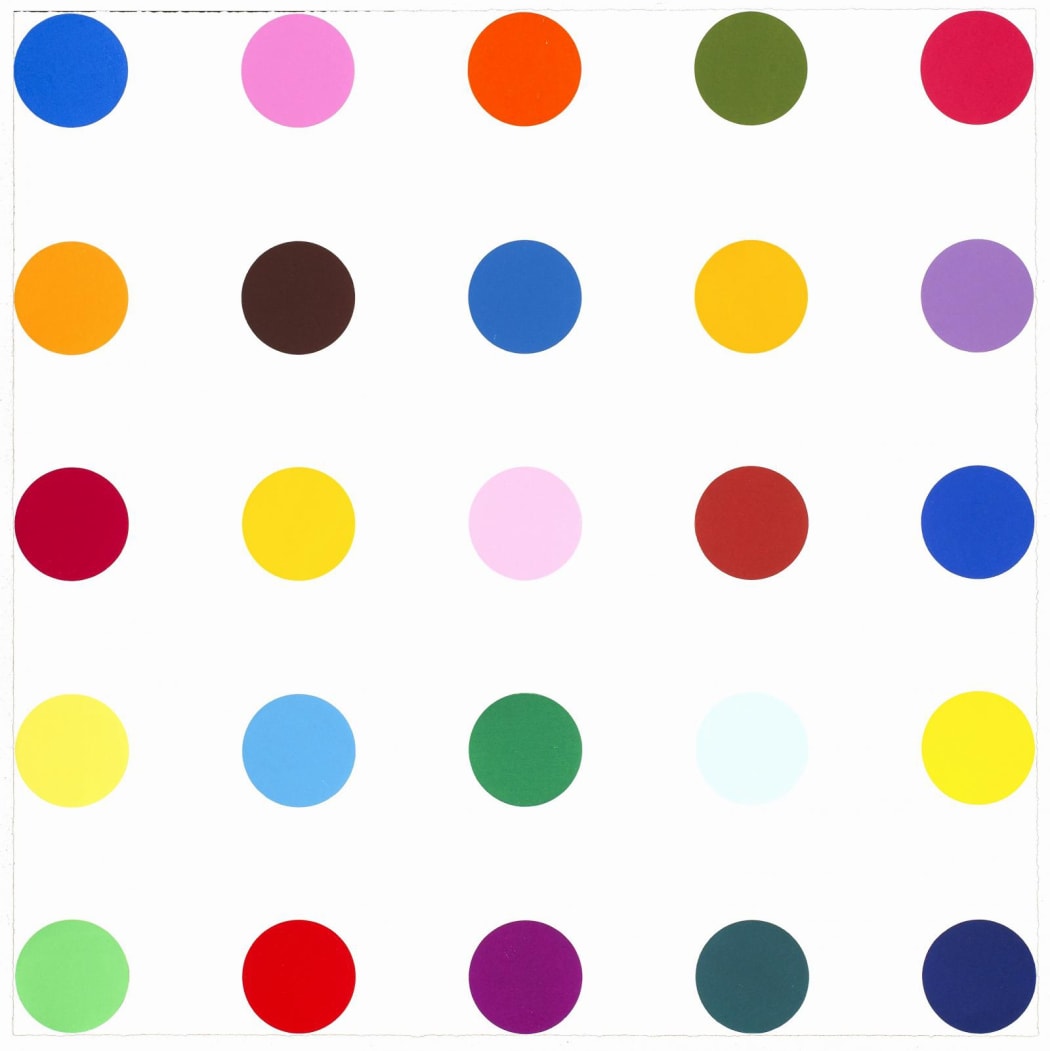
Woodcut printmaking is the oldest technique in fine art printmaking and can be traced back to 9th century China. Predating engraving, the earliest woodcuts were often stamped onto textiles. With the invention of cheaper, better quality and more accessible paper the technique became increasingly popular from the 14th century onwards. Woodcut printing is sometimes referred to as xylography or a xylographic process (from the Greek words 'xulon' for wood and 'graphikos for writing/drawing), although these terms are commonly reserved for text prints.

A form of relief printing, the design is first made of a piece of wood (traditionally beechwood) and the untouched areas are cut away to leave the main images raised which is then inked. The inked wooden block is then pressed onto the chosen medium (usually paper) which leaves the inked image. Multiple colours can be printed by keying the paper to a frame around the woodblocks (using a different block for each colour).
Until the development of machines, the process of woodcut printing was rather labour intensive. Historically, the artist only designed the woodcut by designing or drawing directly onto the wood or by first drawing it on paper then tracing or glueing it onto the wood. A specialist craftsperson would then cave the actual design which in turn was given to specialist printers. The block is cut along the wood grain (unlike wood engraving, where the block is cut in the end-grain).
Woodcut printmaking remains a wonderfully expressive printmaking medium. In today’s world, we see this ancient technique appear across a number of our artists. Famously, Damien Hirst prints such as the 12 Woodcut series show the wonderful process. What makes the use of woodcuts in the series so interesting is how the medium contrasts with the mechanical nature and idea of uniformity that his spot works often suggest. By using woodcut printing, the individual circles of colour take on a much more natural and organic feel allowing for imperfections within the technique to create beautifully unique works. Elsewhere, we see the prints of Grayson Perry, a master of many mediums, feature the method. Famously in the Snapshots of Julie series, Perry uses the technique to create an almost ancient, otherworldly feel to his image. The thick lines contrast with scant detail creating a composition that is almost akin to something from the 16th or 17th century in terms of its build and chunky lines.
In our next blog we will dive into the world of etching looking at its history, the technique and some fabulous examples of the process. For further information about any of the artworks or artists featured, contact Andipa Editions via sales@andipa.com or call +44(0)20 7589 2371.